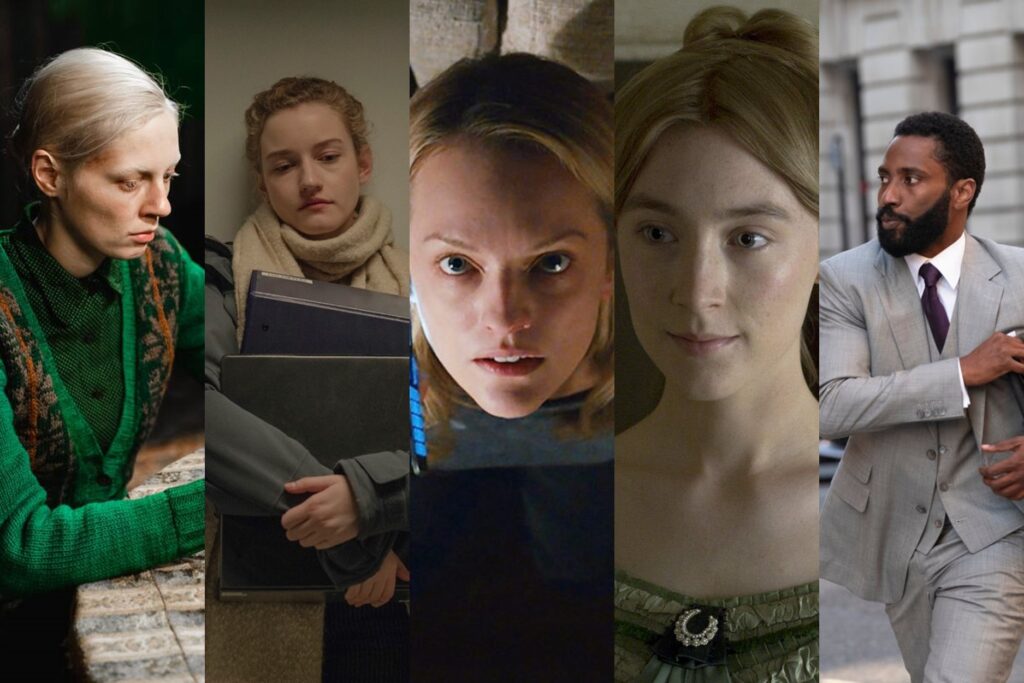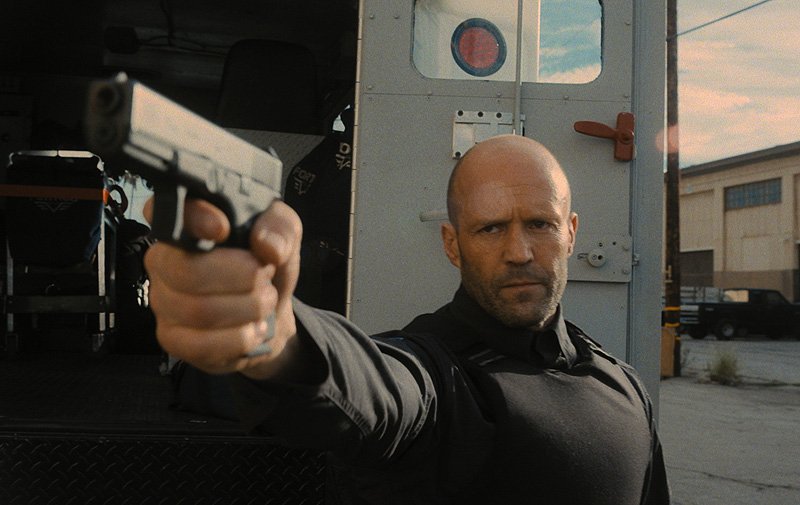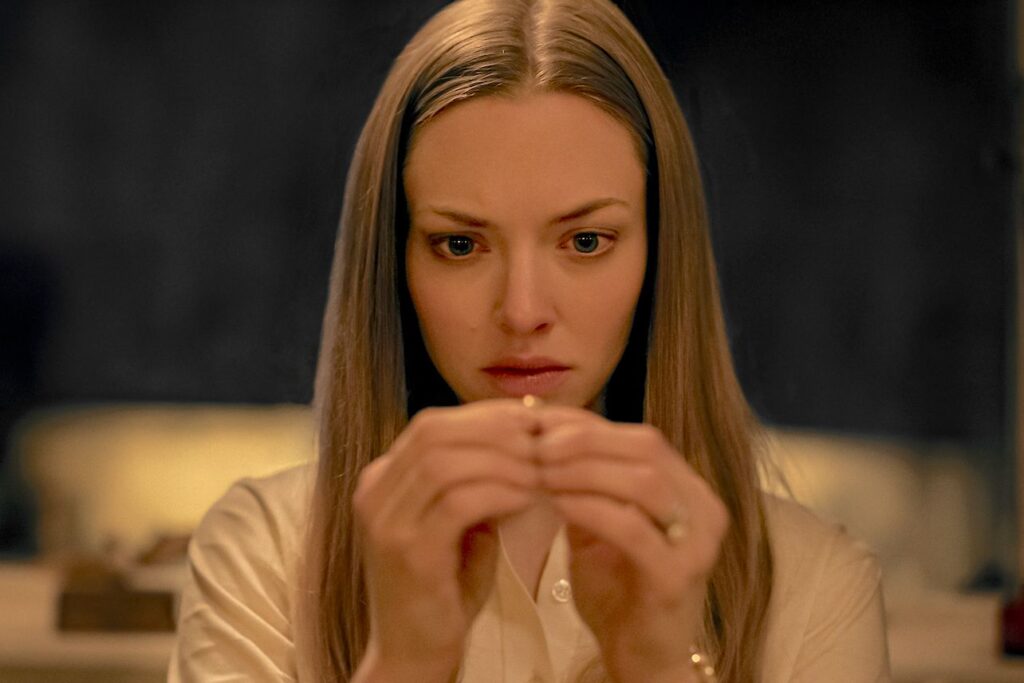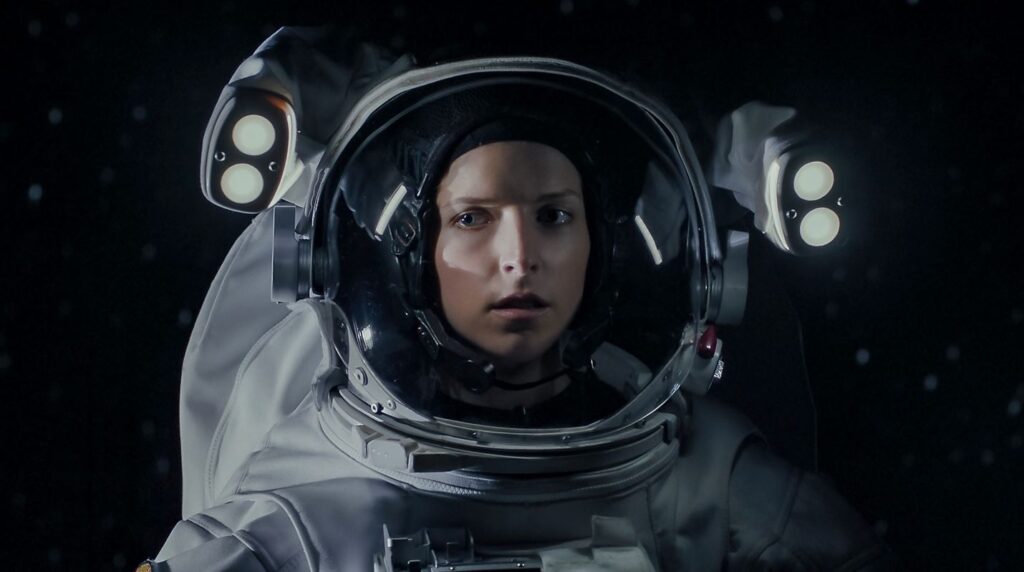Ranking Every Movie of 2020 (sort of)

The headline says it all. Every year, in addition to publishing our list of the best movies of the past 12 months, MovieManifesto unveils an exhausting ranking of every release of that year. Except the ranking isn’t really a ranking, because that invites widespread ridicule (or maybe just my own nightmares); instead, we separate everything into 10 distinct tiers. In addition, as part of our ongoing efforts to serve the public, we append certain data to each title: its director, its respective ratings on Rotten Tomatoes on Metacritic, and—most valuably—where it’s currently streaming. This is our gift to you. You’re welcome.
Obligatory disclaimer: The tiers aren’t infallible, if I re-ranked things a month from now they’d look considerably different, appreciation of art isn’t a fixed object but shifts over time, blah blah. The point is, don’t take these rankings too seriously; do use them as an opportunity to search for intriguing films from 2020 that you might have missed. Read More




